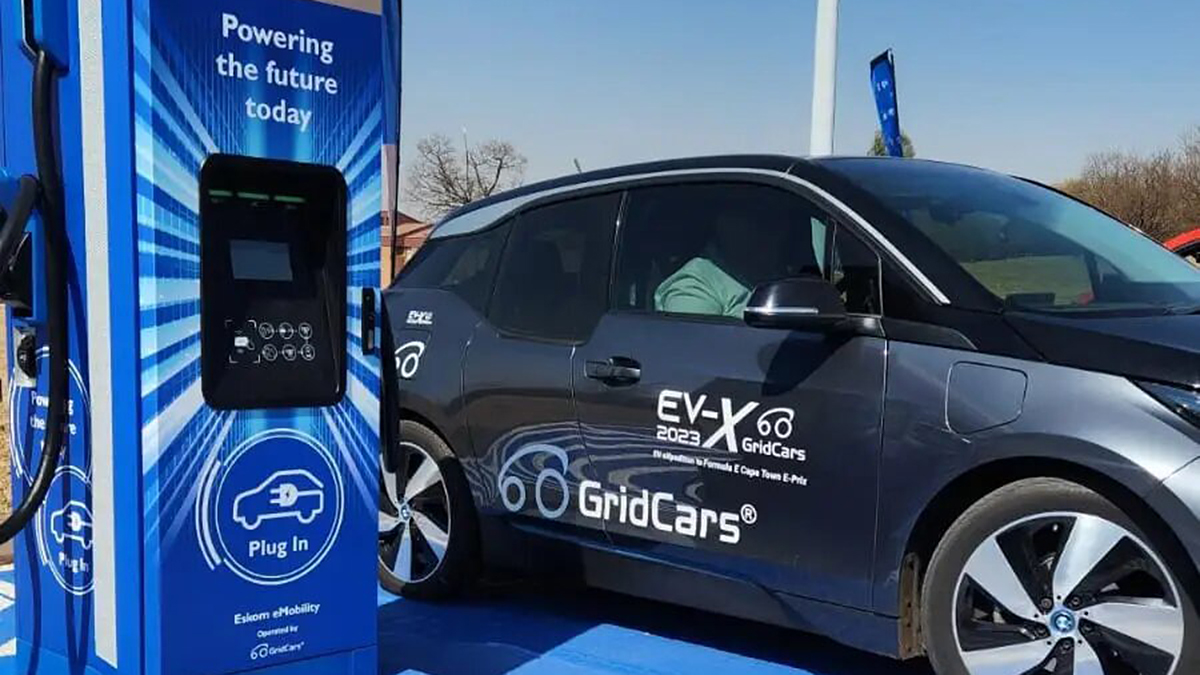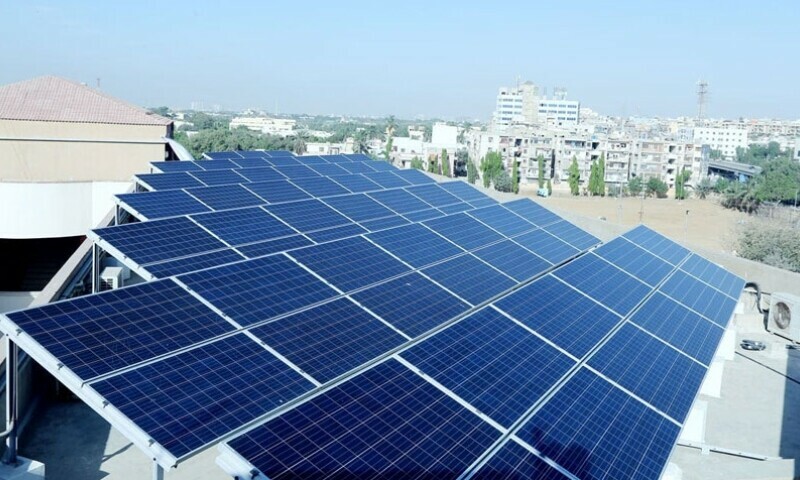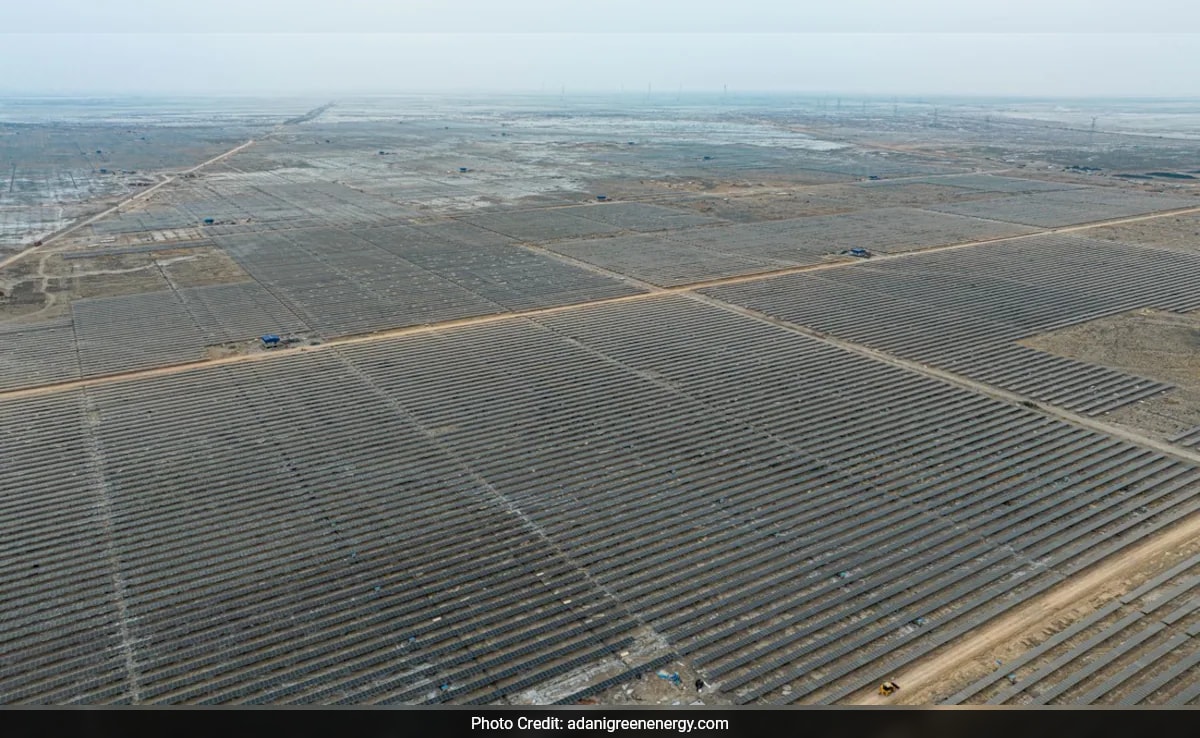Eskom, South Africa’s leading electricity provider, has taken a major step towards sustainability by launching its electric vehicle (EV) charging infrastructure pilot project at the Eskom Academy of Learning (EAL) in Midrand, Gauteng. This initiative is part of Eskom’s broader strategy to support the growth of the e-mobility sector and contribute to the country’s carbon reduction goals.
Strategic Installation of Charging Stations Across Key Locations
The pilot project involves the procurement of 20 electric vehicles, including light delivery vehicles and trucks, which will be used for operational purposes. To support these EVs, Eskom has installed 10 charging stations across five strategic locations: Brackenfell in Cape Town, Mkondeni in Pietermaritzburg, Tlhabane Customer Network Centre in Rustenburg, Marathon CNC in Mbombela, and EAL in Midrand. These sites lay the groundwork for Eskom’s ambitious plan to fully electrify its fleet by 2040.
Investment in E-Mobility and Sustainable Growth
Gabriel Kgabo, GM in the office of the Eskom group executive for distribution, emphasized the long-term strategy behind this initiative, stating, “By investing in e-mobility and the necessary charging infrastructure, we are not only reducing our carbon footprint but also stimulating the local economy and creating new opportunities for growth.” The charging stations, developed in partnership with GridCars, include 60kW direct current fast chargers and 22kW dual alternating current chargers, designed for overnight and daytime charging needs.
Blueprint for Future Sustainability
Eskom’s initiative is not only a step towards electrifying its fleet but also serves as a model for the future expansion of electric vehicles within the organization. This project aligns with Eskom’s goal of achieving net zero carbon emissions by 2050 and supports the government’s plan to transition South Africa away from fossil fuels to renewable energy sources.
This forward-looking approach positions Eskom as a key player in the local EV market, contributing to the country’s sustainable energy future.
Source: itweb.co.za





